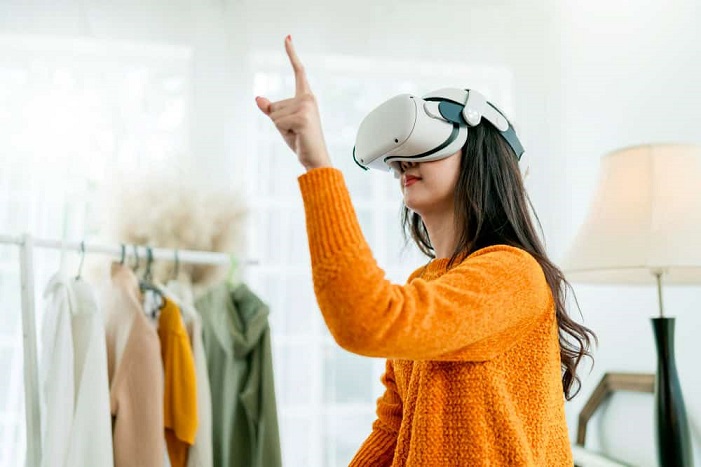The Future of Wearable Technology: Innovations and Trends

Wearable technology has come a long way from its humble beginnings as simple fitness trackers and smartwatches. Today, wearables are becoming increasingly sophisticated, integrating advanced sensors, artificial intelligence, and even augmented reality (AR) capabilities.
As we look to the future, several key trends and innovations are shaping the landscape of wearable technology.
1. Advanced Health Monitoring
One of the most significant advancements in wearable technology is the integration of advanced health monitoring features. Modern wearables can track a wide range of health metrics, including heart rate, blood oxygen levels, sleep patterns, and even stress levels. Some devices are now equipped with electrocardiogram (ECG) sensors, which can detect irregular heart rhythms and provide early warnings for potential health issues.
2. Artificial Intelligence and Machine Learning
Artificial intelligence (AI) and machine learning (ML) are playing a crucial role in enhancing the functionality of wearable devices. AI algorithms can analyze vast amounts of data collected by wearables to provide personalized health insights and recommendations. For example, AI can help users optimize their workout routines, improve sleep quality, and even detect early signs of diseases.
3. Augmented Reality (AR) Integration
Augmented reality is another exciting frontier for wearable technology. AR glasses and headsets are becoming more compact and user-friendly, offering immersive experiences that blend the digital and physical worlds. These devices can overlay digital information onto the real world, providing users with contextual data, navigation assistance, and even interactive gaming experiences.
4. Enhanced Connectivity
Wearable devices are becoming more interconnected, thanks to advancements in wireless communication technologies. Bluetooth, Wi-Fi, and even 5G connectivity are enabling wearables to communicate seamlessly with other devices, such as smartphones, smart home systems, and even other wearables. This enhanced connectivity allows for a more integrated and cohesive user experience.
5. Sustainability and Eco-Friendly Designs
As environmental awareness grows, there is an increasing demand for sustainable and eco-friendly wearable technology. Manufacturers are exploring the use of recycled materials, biodegradable components, and energy-efficient designs to reduce the environmental impact of wearables. Additionally, initiatives to extend the lifespan of devices through software updates and modular designs are gaining traction.
6. QR code generator
In the realm of wearable technology, QR code generators are becoming increasingly important for seamless integration and data sharing. These generators allow users to quickly and easily share information between devices, enhancing the overall user experience.
7. Privacy and Security
With the increasing amount of personal data collected by wearables, privacy and security are becoming major concerns. Manufacturers are implementing robust encryption methods, secure data storage solutions, and user-friendly privacy controls to protect user data. Biometric authentication, such as fingerprint and facial recognition, is also being integrated into wearables to enhance security.
8. Fashion and Design
Wearable technology is not just about functionality; it’s also about style. Designers are focusing on creating wearables that are not only technologically advanced but also aesthetically pleasing. Collaborations between tech companies and fashion brands are leading to the development of wearables that seamlessly blend into everyday fashion, making them more appealing to a broader audience.
9. Accessibility and Inclusivity
Accessibility and inclusivity are important considerations in the development of wearable technology. Manufacturers are designing wearables that cater to diverse user needs, including those with disabilities. Features such as voice control, haptic feedback, and customizable interfaces are making wearables more accessible to a wider range of users.
10. Future Innovations
Looking ahead, the future of wearable technology holds even more exciting possibilities. Advancements in materials science, nanotechnology, and bioengineering could lead to the development of wearables that are even more integrated with the human body. Implantable sensors, smart fabrics, and even brain-computer interfaces are on the horizon, promising to revolutionize the way we interact with technology and the world around us.
In conclusion, wearable technology is evolving rapidly, driven by advancements in health monitoring, AI, AR, connectivity, sustainability, and design. As these innovations continue to unfold, wearables are poised to become an integral part of our daily lives, enhancing our health, productivity, and overall well-being. The future of wearable technology is bright, and the possibilities are endless.





